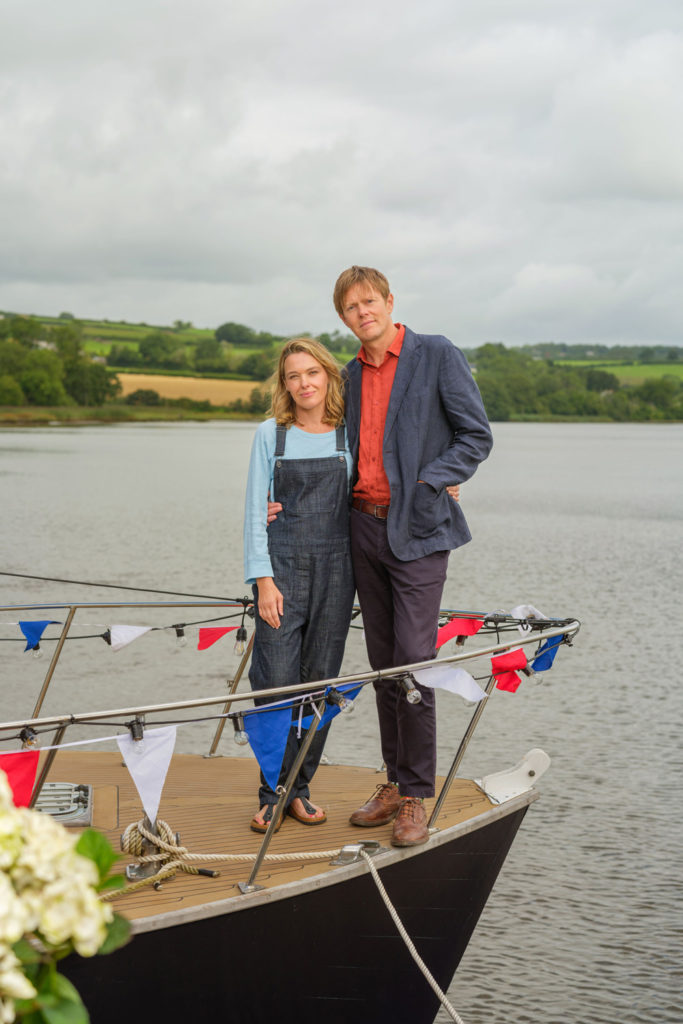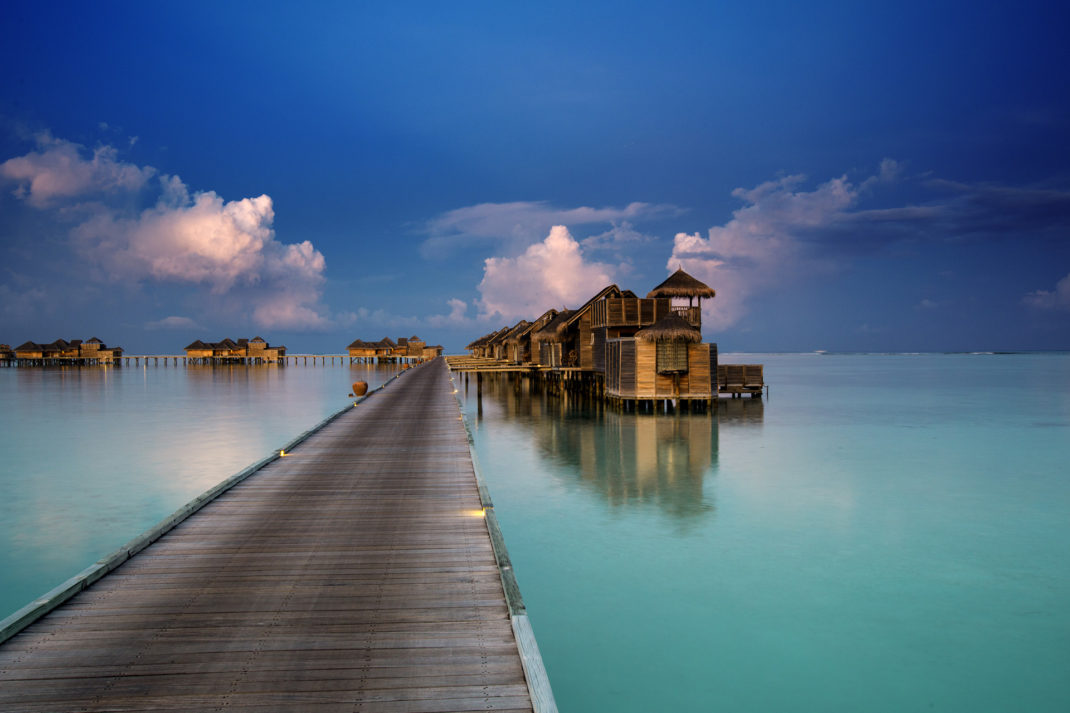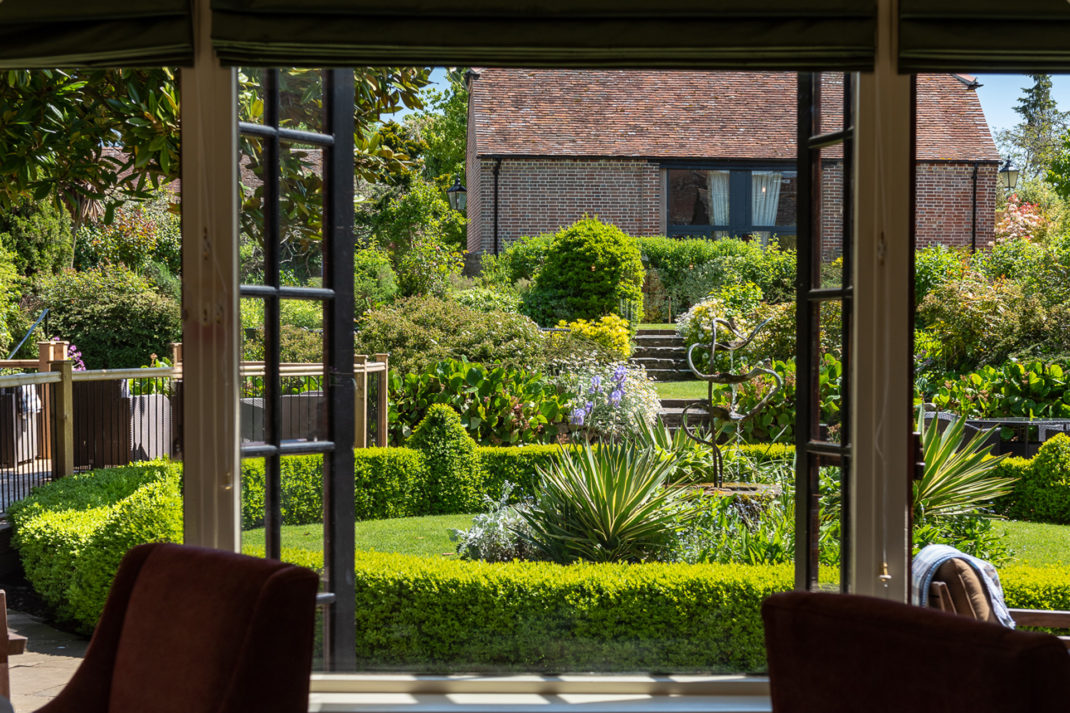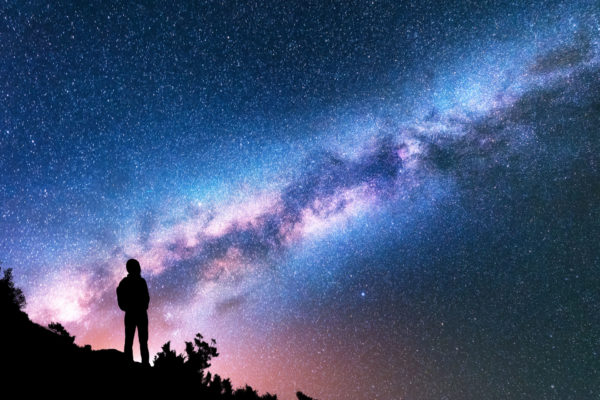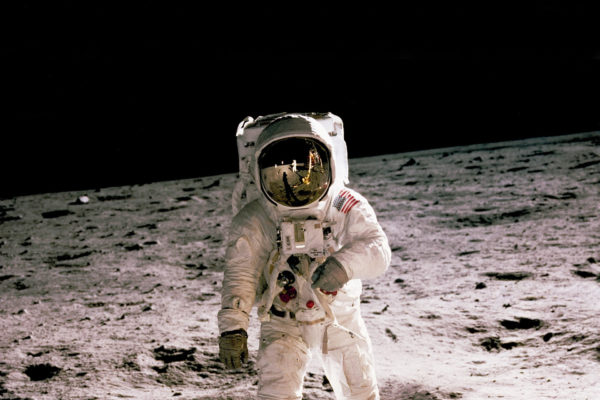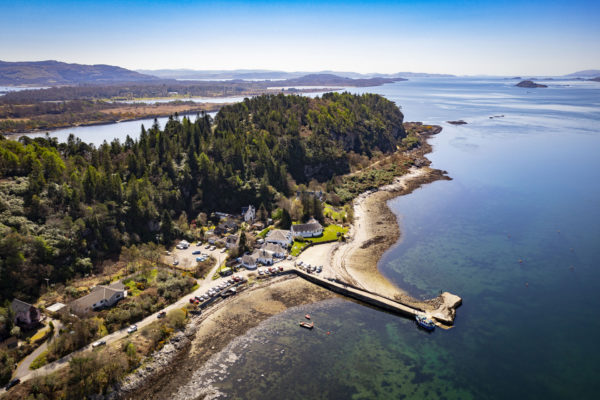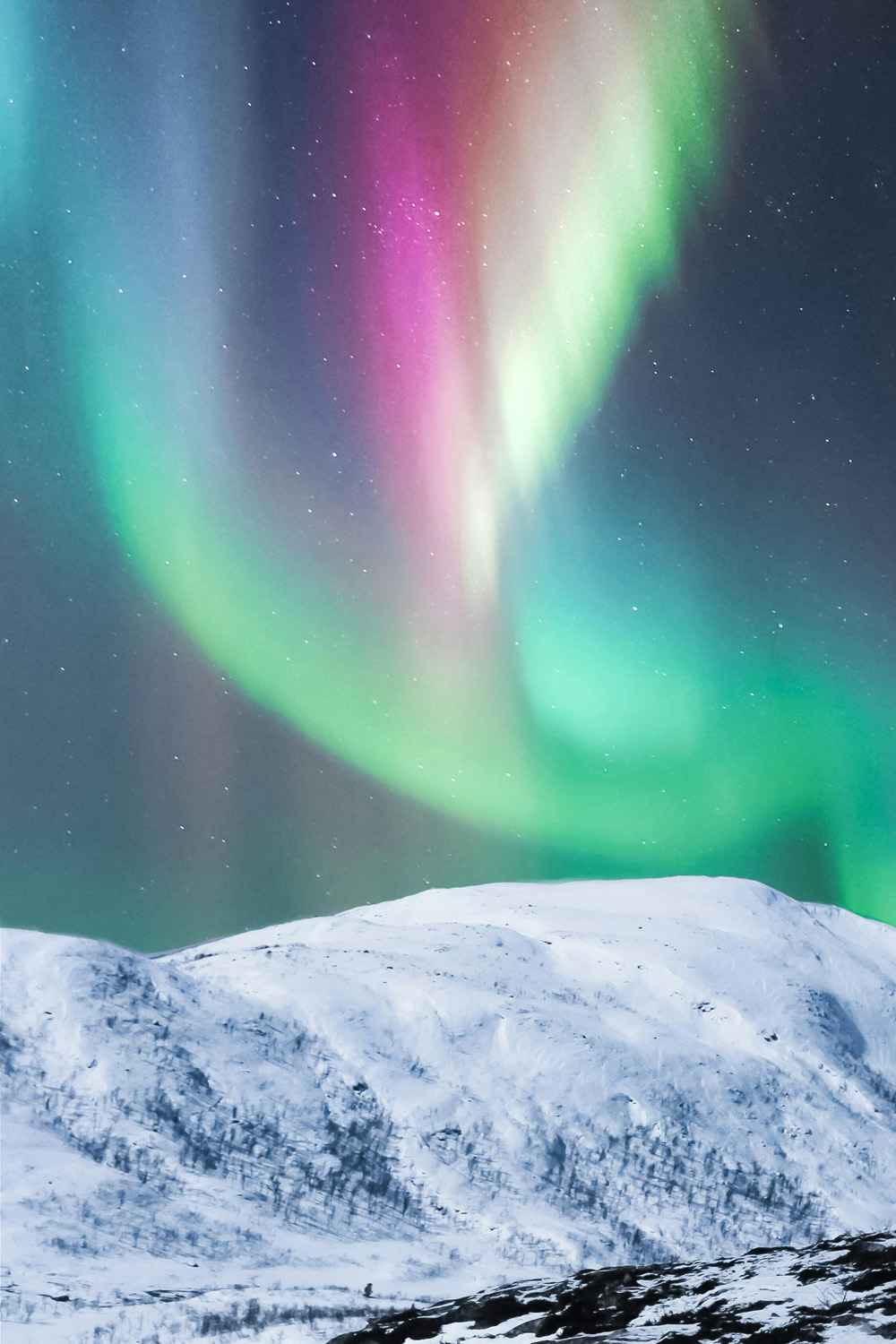
When Will We Next See The Northern Lights In The UK?
By
8 months ago
Missed the aurora borealis? Here’s where to look next time
Social media has been awash this year with snaps of dazzling pink and green light shows, as the Northern Lights have made a rare appearance in the UK not once, not twice, but three times. Not so rare as we thought, then? Not so: earlier this year, aurora borealis was visible due to an extreme geomagnetic storm, which meant the lights were even visible in parts of London, which is very unusual due to its southern location and vast light pollution. Most recently, the Lights have been seen as far south as Cornwall.
If you weren’t one of the lucky ones, fear not: the light display occasionally pops up in northern parts of the country. Here are some hotspots for seeing the Northern Lights in the UK, plus some intel on when you’ll be most likely to see it.
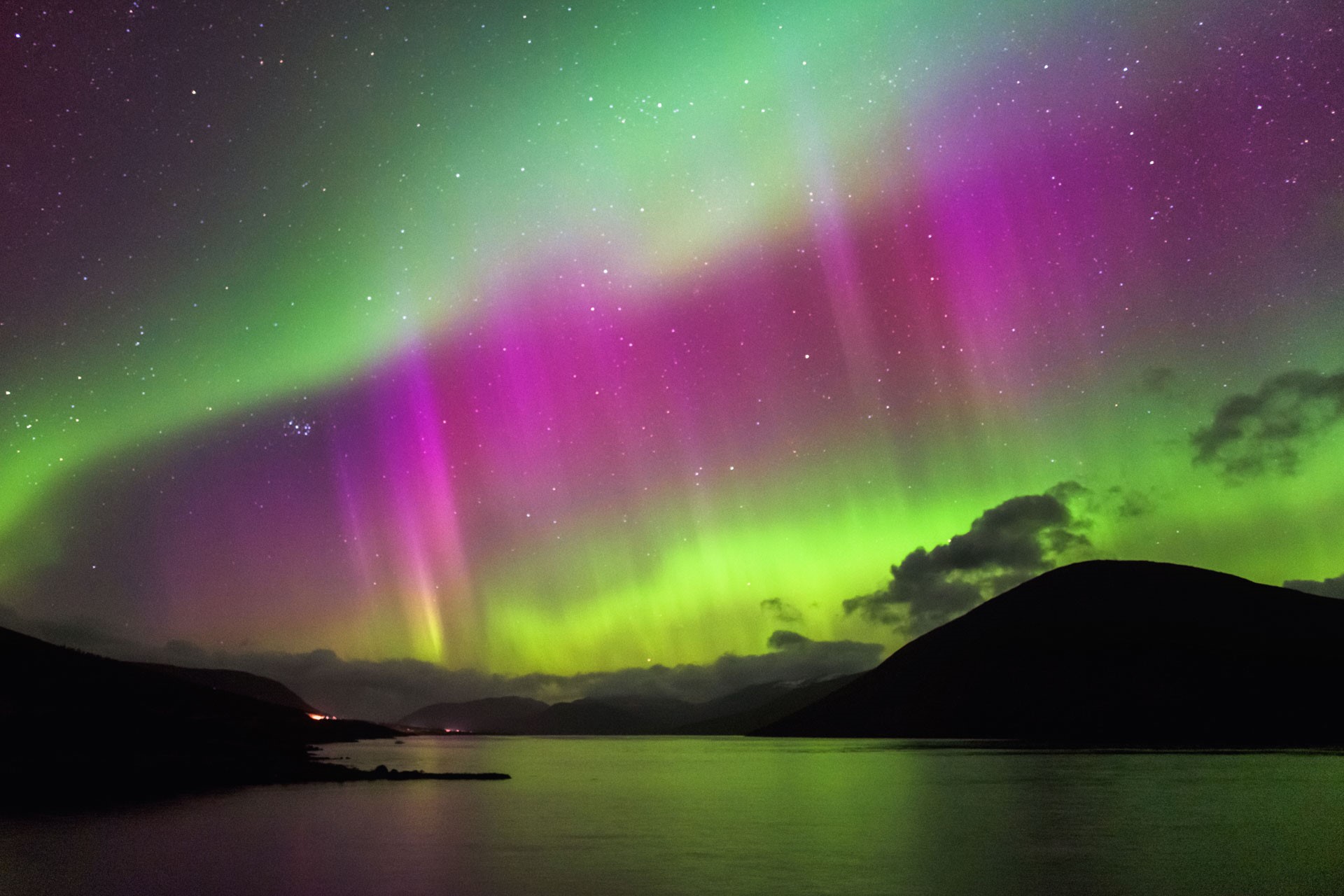
The Northern Lights in Scotland, Getty Images
When Will The Northern Lights Be Visible Again?
ICYMI: the Northern Lights made another appearance in the UK on Monday night. But don’t worry if you missed them (again): thanks to enhanced levels of solar activity, there will be even more opportunities to see the lights over the next few months.
While the Met Office’s space forecast revealed in May that there will be ‘no significant enhancements to the auroral oval are likely in the coming days’, the government body’s space weather expert Krista Hammond also noted that things could change over the next few weeks. According to Hammond, the sunspot region (the area where the magnetic field is about 2,500 times stronger than Earth’s) is set to rotate back towards Earth in the next few weeks, allowing for more instances of geomagnetic storms and, hopefully, chance to see the Northern Lights.
You can also keep an eye on the AuroraWatch website, which offers free alerts of when the aurora borealis may be visible in the UK.
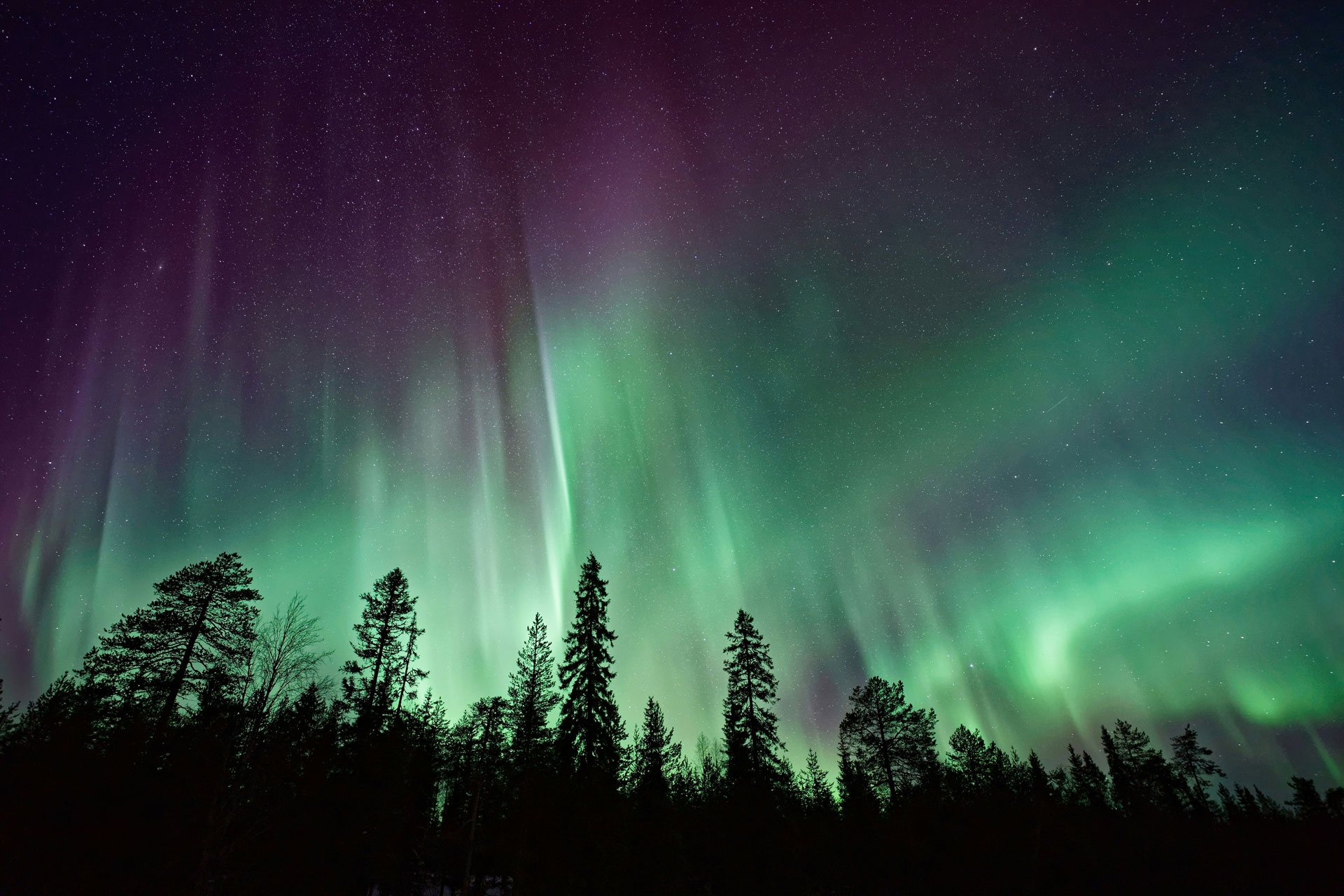
Unsplash
Are The Northern Lights Becoming More Frequent?
The sun is currently in the most active period of its 11-year cycle, meaning the Northern Lights have been more visible this year than is typical. ‘This is all down to what’s known as the sun’s solar cycle,’ Hammond told Radio 4’s Today programme. ‘The sun has a roughly 11-year cycle of activity, and this is from what’s known as solar minimum, which then goes towards solar maximum, and back to solar minimum. And we’re now approaching the solar maximum. What defines solar maximum is when we see the most number of sunspots on the sun. And it is sunspots that drive what we see as space weather, which is solar flares.
‘As we approach solar maximum, it means the frequency that we see these space weather events, which cause the aurora, increases,’ Hammond continued. ‘But this doesn’t actually dictate the magnitude of those events. What we saw last weekend [in May, when the Northern Lights surprised Brits across the nation] was quite a unique situation. We had multiple eruptions of plasma from the sun, which also caught up with each other as it arrived at Earth. And then, when that interacted with the Earth’s upper atmosphere, magnetic field, we viewed it as the aurora. This coincided with clear skies, and it arrived overnight, so we were able to see it really far south. We got sightings across the whole of the UK.
Beyond this rare occurrence, it’s notoriously hard to predict when you’ll be able to see the Northern Lights – although it’s most common to see them during the months of late September to mid-March, and it’s thought the optimum period is from November to February. The best conditions to view the lights are when the sky is dark and clear.
What Are The Northern Lights?
The Northern Lights, also known as the aurora borealis, is a spectacular natural light phenomenon which has captivated people since the dawn of time. The lights appear as a result of electrically charged particles that have escaped the sun, slamming into the Earth’s atmosphere and colliding with air molecules, which transfers their energy into light. Green is the most common colour, associated with oxygen, while nitrogen causes the pink, purple and blue glow.
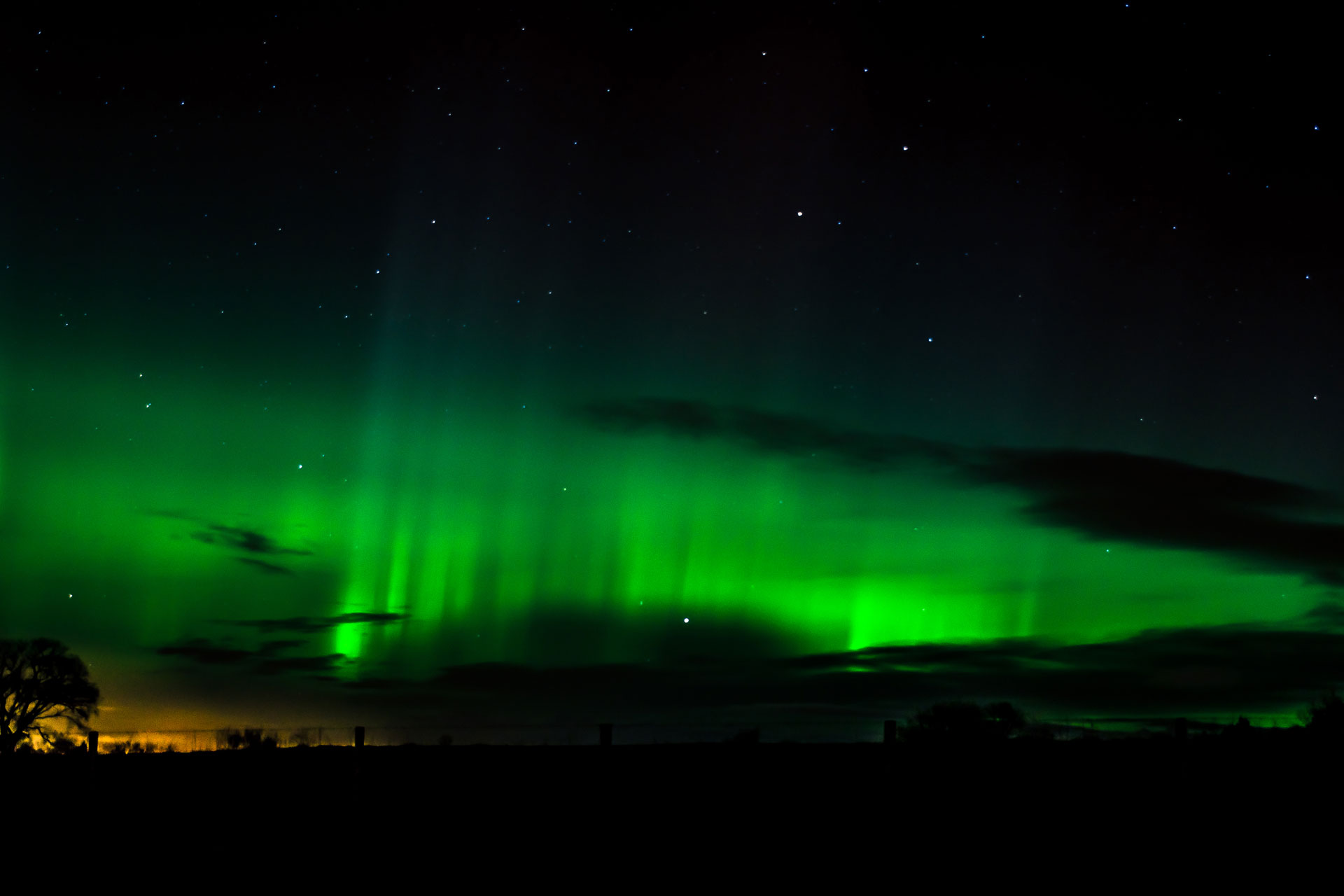
Northern Lights in Antrim, Northern Ireland, Getty Images
Best Places To See The Northern Lights In The UK
The clue’s in the name: you’re most likely to see the Northern Lights in parts of the Northern Hemisphere, such as Greenland and Norway. However, it’s also possible to spot them in northern parts of the UK, including Scotland, Wales and Northern Ireland.
‘In the UK, the Northern Lights can occasionally appear as a faint glow low towards the Northern horizon; their colour and detail are only visible in camera photos unless there are exceptional circumstances,’ explains Neill Sanders, Astronomer and Founder of Go Stargazing.
‘The further north you travel, the higher they appear in the sky, and at locations such as Iceland and Northern Norway, the lights appear right above you. From here, you can witness their true majesty; the colours become visible to the naked eye and their magnificent structure is revealed in a “corona” above your head.’
Some of the most common UK spots include:
Wales
- Brecon Beacons National Park
- Llyn Geirionydd
- Snowdonia
- Migneint Moorland
England
- Mam Tor, Peak District
- Hadrian’s Wall, Northumberland
- Lake District National Park
- Exmoor National Park
- Langdale Valley
- Grizedale Forest
Scotland
- Cairngorms National Park
- Glenlivet Estate
- Barra
- Isle of Harris
- Isle of Lewis
- Dava Moor
Northern Ireland
- Ballintoy
- Whitepark Bay Beach
- Dunluce
- Rathlin Island

